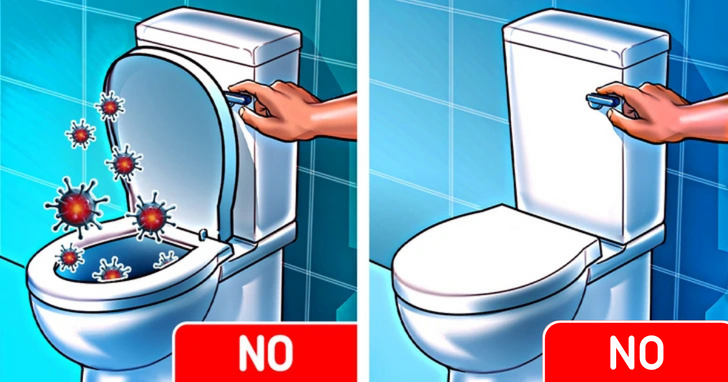
Wiping the toilet seat before using it or squatting over a public toilet bowl are some of the actions we’ve mastered to avoid contaminating ourselves with toilet germs. But a new study reveals that one of our highly considered restroom routines might not help minimize the spread of germs in bathrooms like we believed. Public restrooms and household toilets alike – we’ve been flushing them all wrong. This article analyses the experiment that concluded this fact and presents other ways that can help us maintain a hygienic atmosphere in our bathrooms and keep our peace of mind.
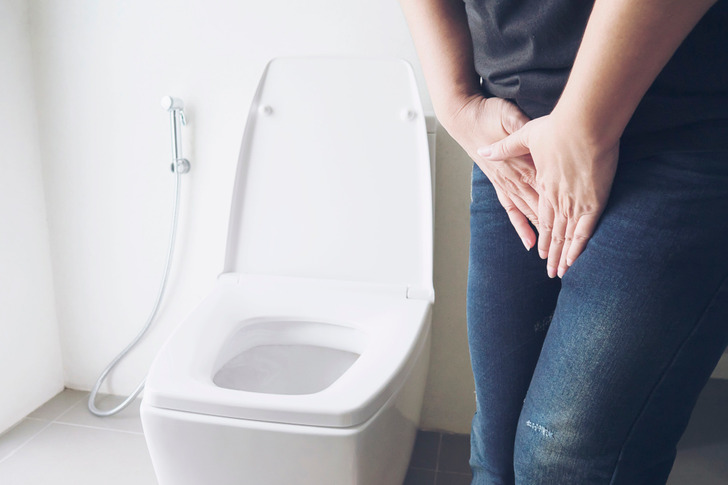
The recent study set out to determine what impact closing the toilet lid before flushing has, on reducing the spread of bacteria in bathrooms. It was conducted by scientists from the University of Arizona and Reckitt Benckiser LLC and reported in the American Journal of Infection Control.
The Experiment
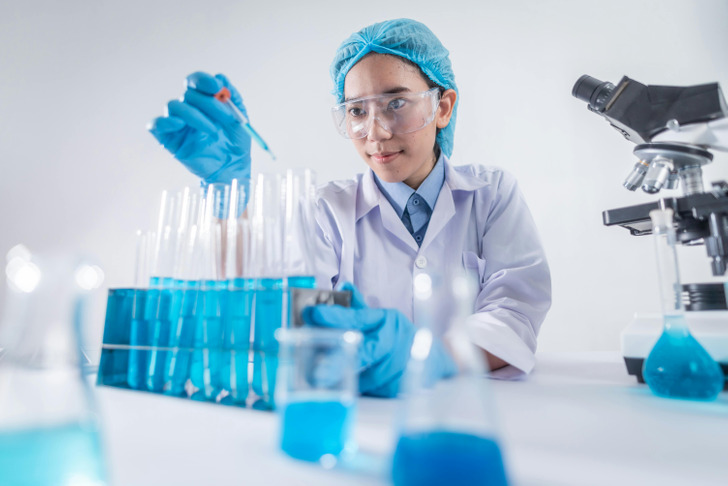
The experiment involved adding substitute bacteria for human enteric viruses (viruses that are primarily transmitted via the faecal-oral route, and that cause enteric diseases) to household and public toilet bowls. The toilets were then flushed with the toilet lid closed and open, to determine which method spread less bacteria.
The Results

The results were shocking. Whether the toilet lid was up or down, germs could still contaminate bathroom surfaces just as easily. But cleaning the toilet bowl with a disinfectant reduced toilet bowl contamination by 98%.
What actually happens when you flush a toilet.
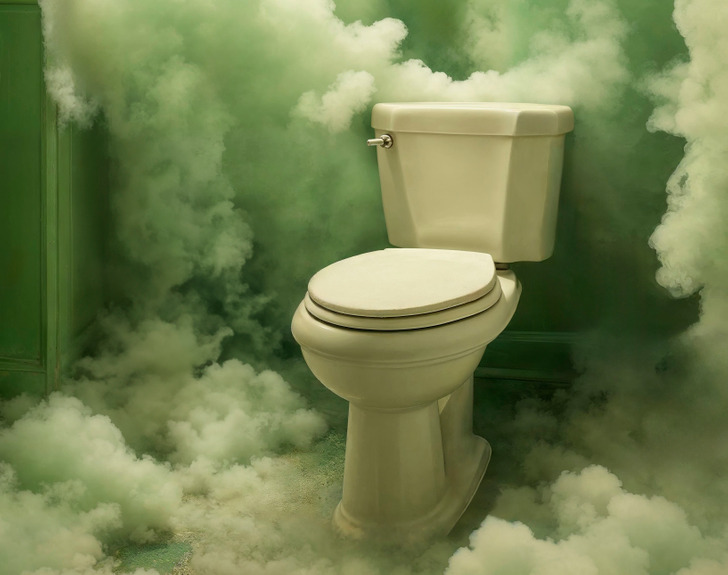
When you flush the toilet, millions of aerosolized particles that are undetectable to the nɑƙeɗ eye are instantly emitted into the air. This “toilet plume”, or germ cloud, can shoot germ particles five or more feet out of the bowl. So any contagious germs dropped into the toilet bowl after using it, can be distributed to floors, walls, sinks and other nearby washroom surfaces, simply through flushing.
So what’s the best way to maintain a hygienic bathroom?
Disinfect. Disinfect. Disinfect.
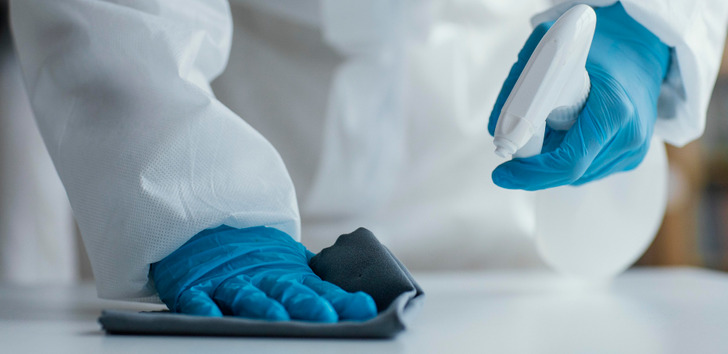
To disinfect means to 𝓀𝒾𝓁𝓁 germs on surfaces and objects using disinfectants such as bleach and alcohol solutions, and is the best way to reduce restroom contamination and to 𝓀𝒾𝓁𝓁 toilet bowl germs emitted from flushing.
How often should a bathroom be disinfected.
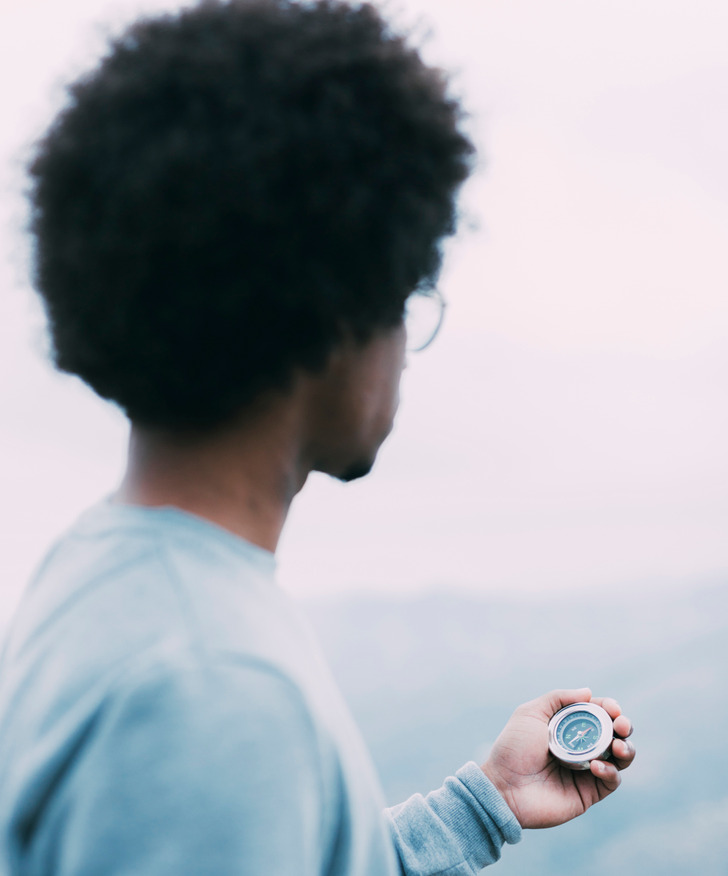
Cleaning and disinfecting the toilet twice a week is the greatest way to reduce the spread of virus particles. But Dr Charles P. Gerba, PhD, a professor of virology at the University of Arizona in Tucson, says that this should be increased to twice a day, if someone in the household is sick with gastroenteritis (stomach flu). “We also recommend using disinfecting wipes on the toilet seat and flush handle, as these surfaces will get contaminated after flushing,” he adds.
How to disinfect bathrooms safely.
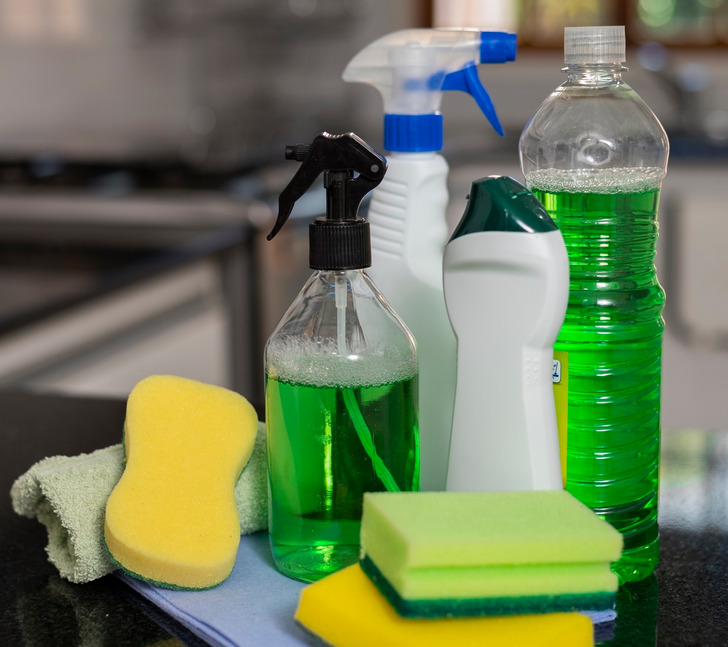
Clean bathroom surfaces with soap and water first, then apply a harsh bleach solution or use EPA-Registered Disinfectants. If you can’t get ready-to-use disinfectants, bleach solutions can be used on a variety of hard surfaces. Bleach solutions are efficient against bacteria, viruses, and fungi when properly diluted.
Before using disinfectant:
- Read and follow the directions on disinfection product labels to ensure safe and effective use and disposal.
- Wear the appropriate protective equipment (such as gloves or goggles) to shield your skin and eyes from potential splashes.
- When utilizing items indoors, make sure there is enough air moving in the room.
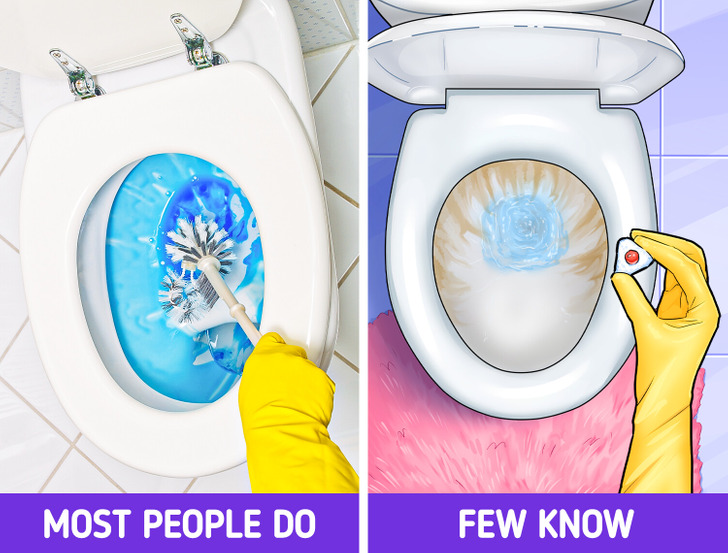
While using a disinfectant product.
- You often need to leave the disinfectant on surfaces and items for a length of time for better results. This is the contact time, and it is written in the directions of the product. Keep the surface wet throughout the contact time.
- If the directions state to dilute the product with water, use room temperature water (unless the label specifies otherwise). Label all diluted cleaning and disinfection solutions.
- Do not mix items or chemicals together.
- Do not consume, drink, breathe, inject, or apply disinfectant products directly to your skin. These products can be extremely harmful.
- Do not wipe or bathe your pet with any disinfectant product.
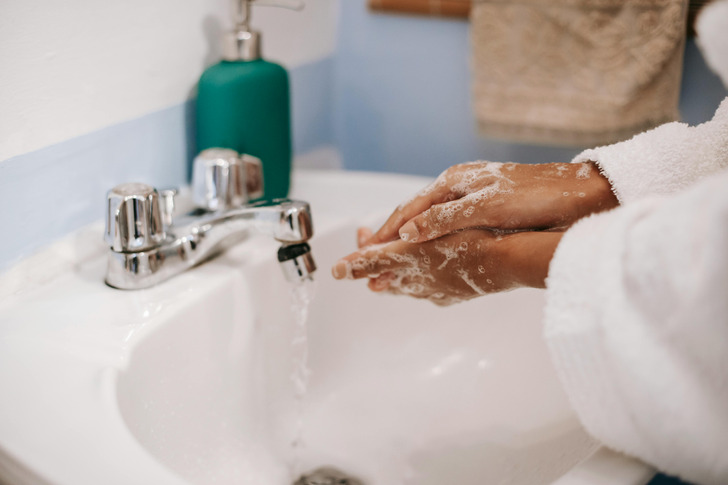
After using disinfectants:
- Immediately wash your hands with soap and water for 20 seconds.
- Keep chemicals out of reach of 𝘤𝘩𝘪𝘭𝘥ren and pets.
What are other common practices that aren’t as true as previously believed? Check out these hygiene habits that most people overlook.